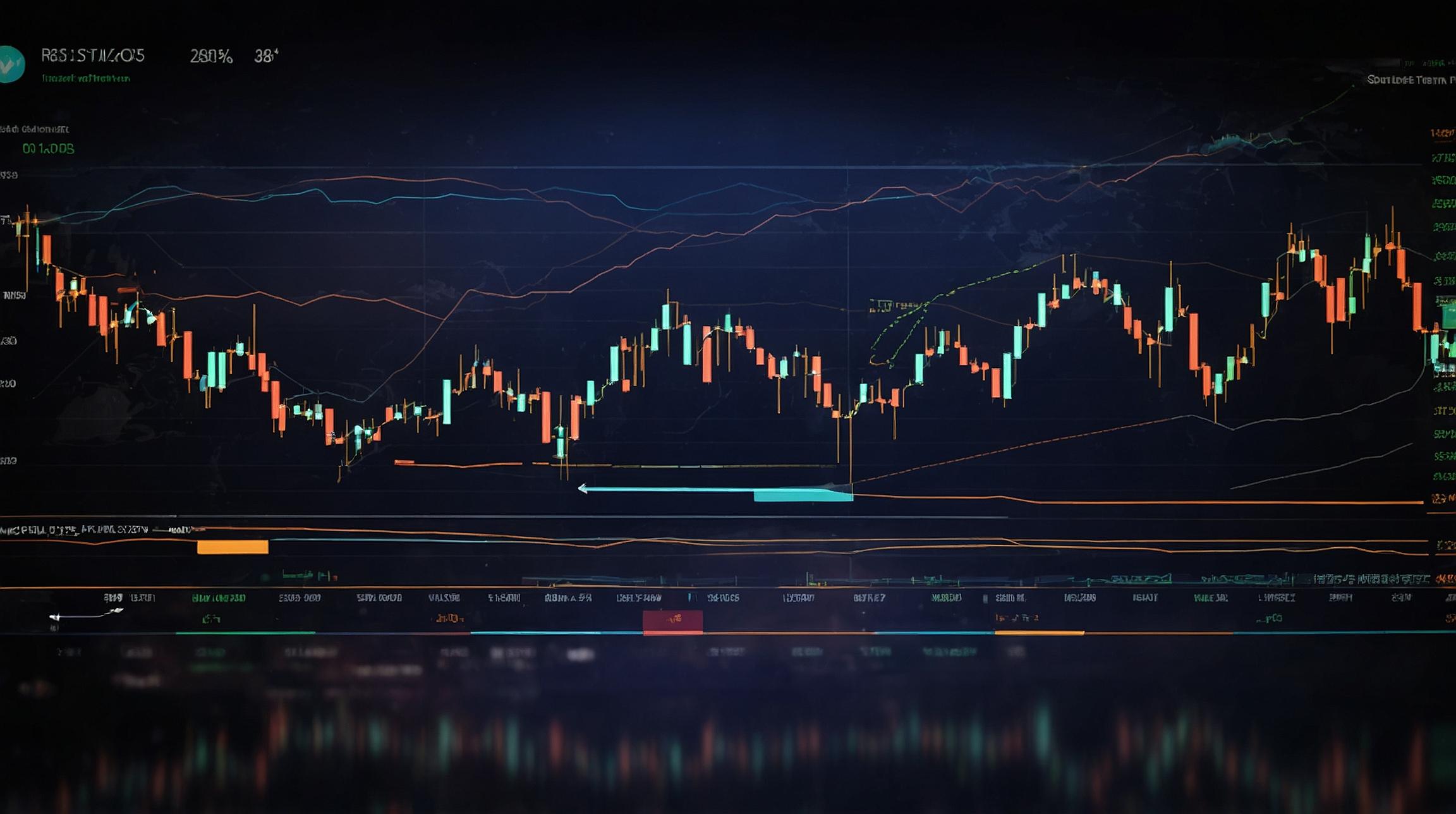The rise of online grocery delivery services has revolutionized the way consumers shop for groceries. Two major players in this industry are Amazon Fresh and Walmart Grocery. Both services offer the convenience of ordering groceries online and having them delivered straight to your doorstep. However, there are key differences between the two. In this article, we will conduct a SWOT analysis to compare the strengths, weaknesses, opportunities, and threats of Amazon Fresh and Walmart Grocery.
Strengths: Dissecting Amazon Fresh’s and Walmart Grocery’s Advantages
Amazon Fresh has a strong advantage in terms of brand recognition and customer trust. As a subsidiary of Amazon, one of the world’s largest e-commerce companies, Amazon Fresh benefits from the established reputation and customer base of its parent company. Additionally, Amazon Fresh offers a wide selection of products, including fresh produce, pantry staples, and even household items. This extensive product range gives customers the convenience of finding everything they need in one place.
Walmart Grocery, on the other hand, leverages its extensive network of physical stores to offer a unique advantage. With hundreds of Walmart stores across the country, Walmart Grocery has the infrastructure in place to ensure efficient and timely delivery of groceries. This gives them an edge in terms of delivery speed and reliability compared to online-only services. Walmart Grocery also offers a price-match guarantee, allowing customers to get the lowest prices available.
Weaknesses: Evaluating the Limitations of Amazon Fresh and Walmart Grocery
One weakness of Amazon Fresh is its limited availability. Currently, Amazon Fresh is only available in select cities, which restricts its reach to a smaller customer base. Additionally, Amazon Fresh requires a separate subscription, which may deter some customers who are already Amazon Prime members. Another weakness is the potential for product quality issues, as customers do not have the ability to hand-pick their groceries like they would in a physical store.
For Walmart Grocery, one weakness is the lack of customization options. Customers cannot request specific cuts of meat or choose their preferred level of ripeness for fruits and vegetables. This limitation may result in customers receiving items that do not meet their exact preferences. Another weakness is the potential for out-of-stock items. Since Walmart Grocery relies on its physical stores for inventory, there is a higher chance of items being unavailable due to local demand or supply chain issues.
Opportunities: Analyzing Potential Growth Areas for Amazon Fresh and Walmart Grocery
An opportunity for both Amazon Fresh and Walmart Grocery lies in expanding their delivery reach to more cities and regions. By increasing their coverage, they can tap into new markets and reach a larger customer base. Another opportunity is to enhance their mobile apps and websites to provide a seamless and user-friendly experience. This can include features such as personalized recommendations, easy reordering, and real-time order tracking.
Both services also have the opportunity to expand their product offerings beyond groceries. Amazon Fresh can leverage its parent company’s vast product catalog to offer a wider range of goods, including electronics, beauty products, and household items. Walmart Grocery can explore partnerships with local businesses to offer specialty products that may not be available in their physical stores. These expansions can further differentiate the services and attract new customers.
Threats: Examining the Challenges Faced by Amazon Fresh and Walmart Grocery
One of the major threats for Amazon Fresh and Walmart Grocery is the intense competition in the online grocery delivery space. Other major retailers, such as Target and Instacart, are also vying for a share of the market. This competition can lead to price wars and increased marketing costs, putting pressure on profit margins. Additionally, there is a threat of increasing customer expectations. As online grocery shopping becomes more popular, customers will expect faster delivery times, better product quality, and improved overall service.
Another threat is the potential for logistical challenges and operational inefficiencies. Both Amazon Fresh and Walmart Grocery rely on a complex delivery network to fulfill customer orders. Any disruptions in this network, such as weather events or transportation issues, can lead to delays and dissatisfied customers. Furthermore, both services must ensure the freshness and quality of perishable goods during delivery, which requires careful handling and temperature control.
In conclusion, Amazon Fresh and Walmart Grocery are both strong players in the online grocery delivery market. Amazon Fresh benefits from its brand recognition and wide product selection, while Walmart Grocery leverages its extensive network of physical stores for efficient delivery. However, both services have their limitations, such as limited availability and potential product quality issues. There are opportunities for growth, such as expanding delivery reach and diversifying product offerings. But they also face threats from intense competition and increasing customer expectations. As the online grocery delivery industry continues to evolve, it will be interesting to see how Amazon Fresh and Walmart Grocery adapt and innovate to stay ahead.













